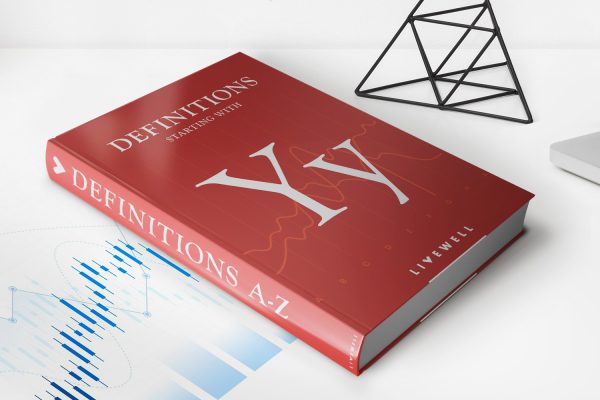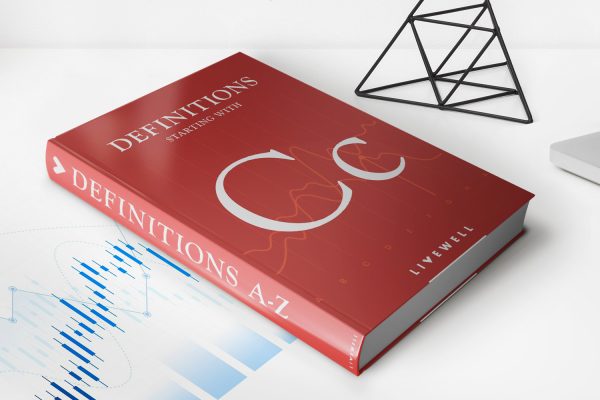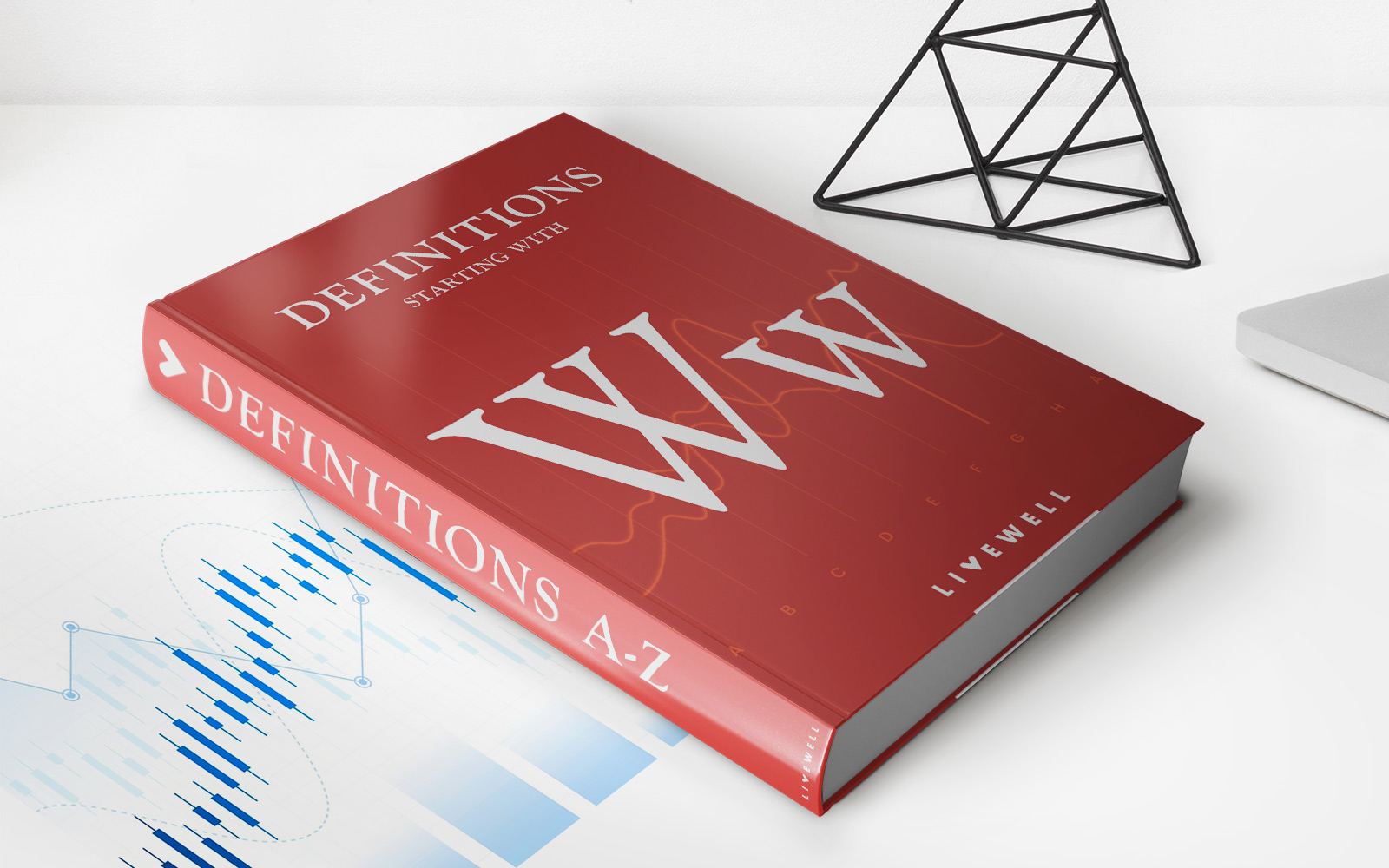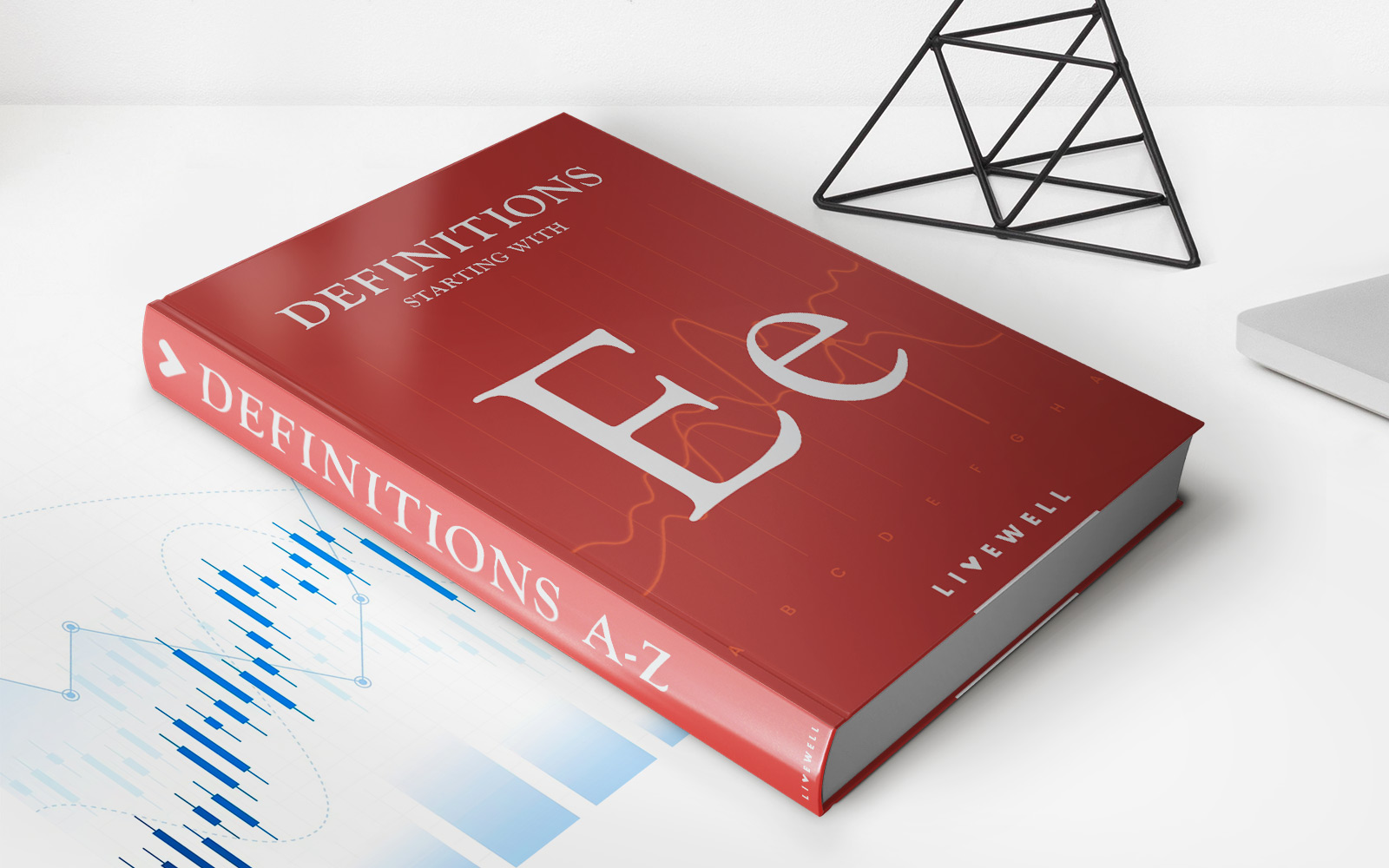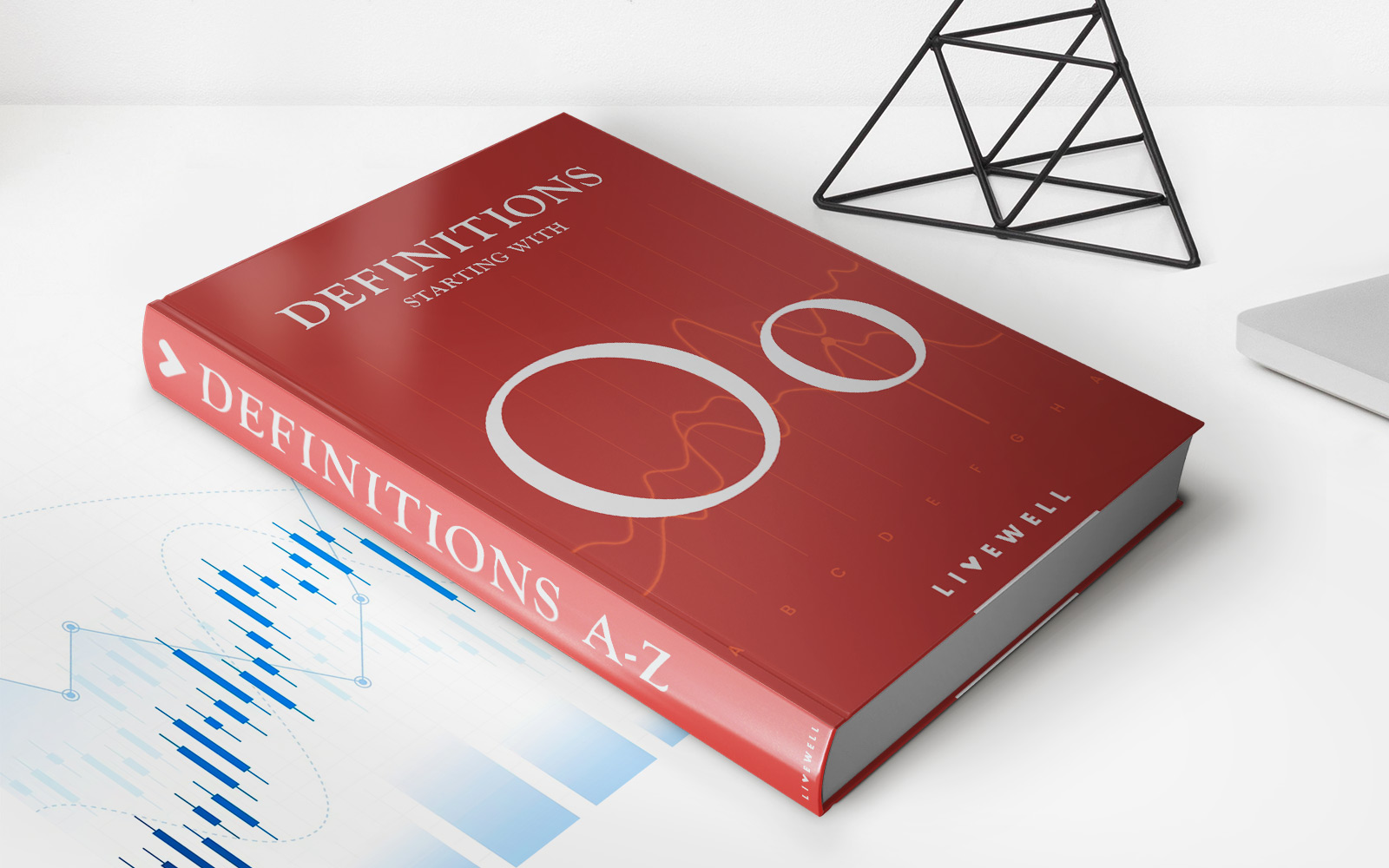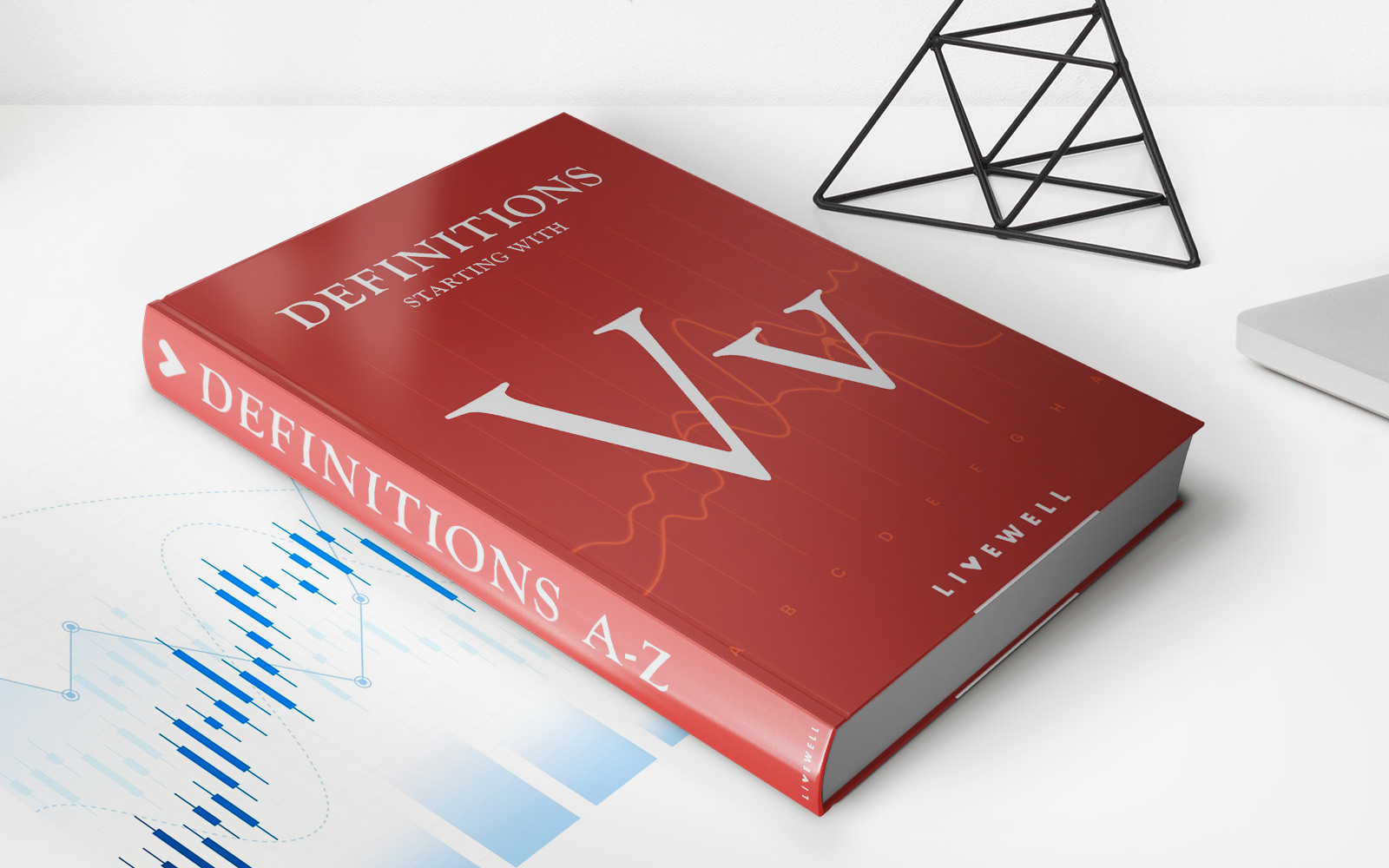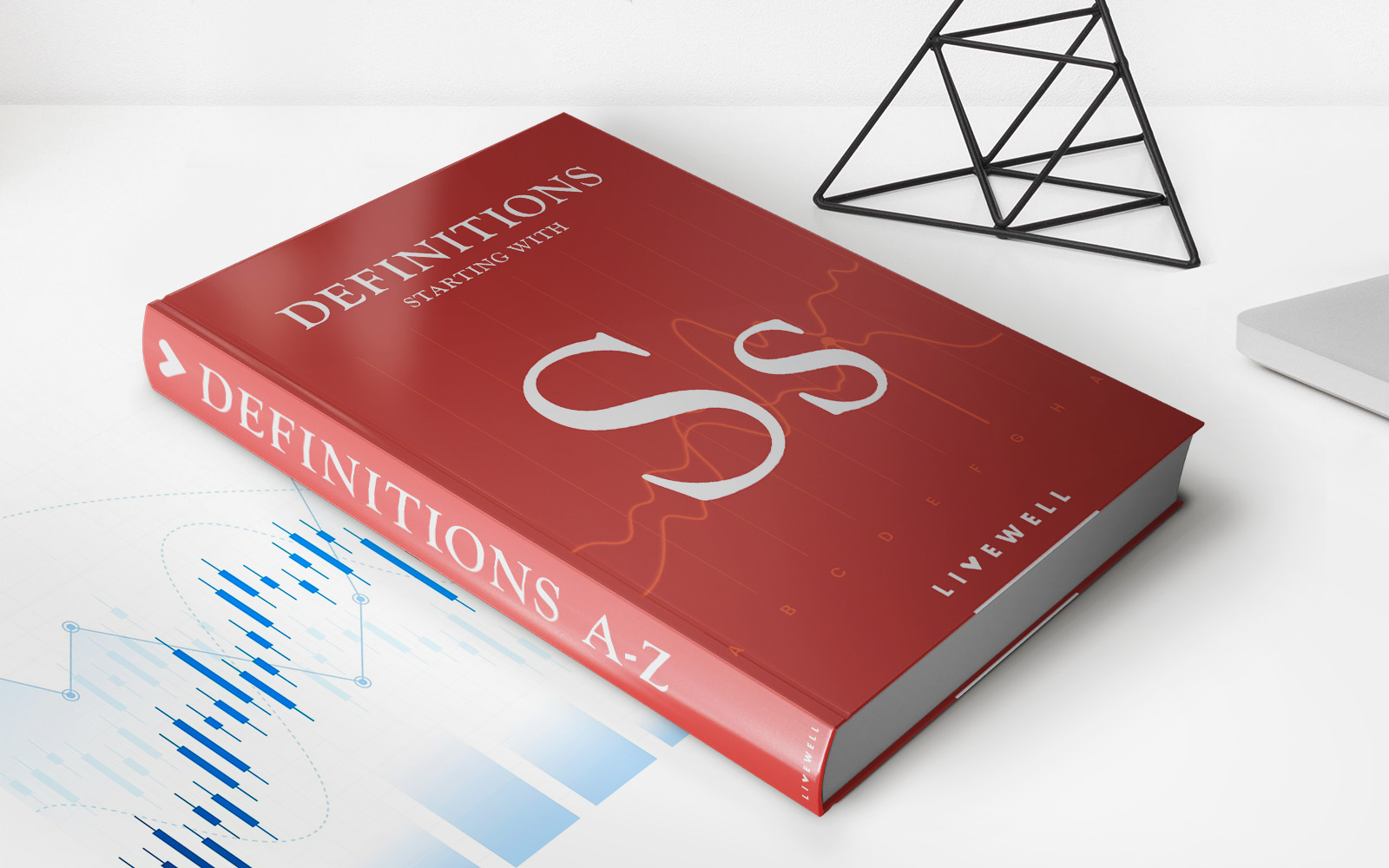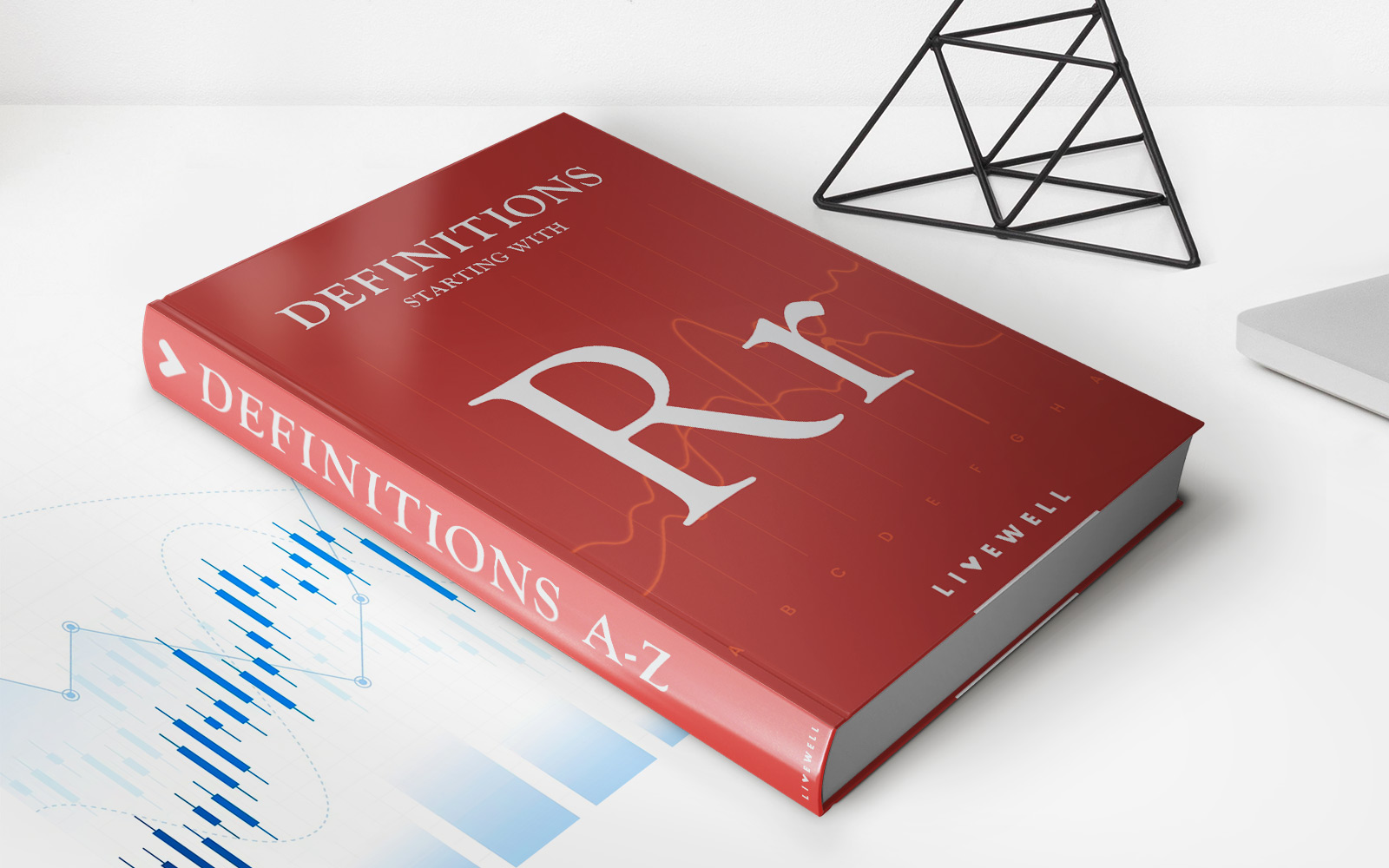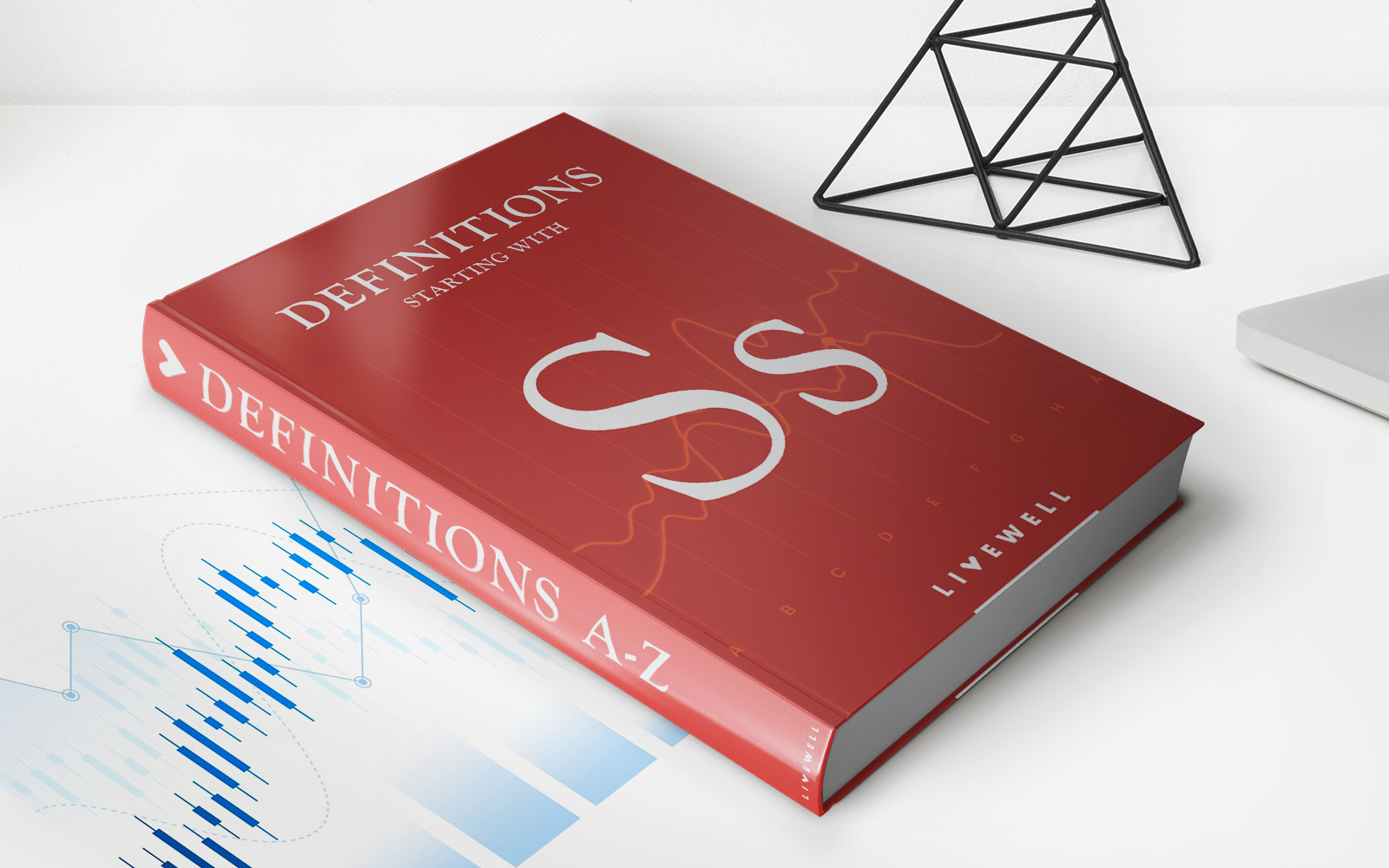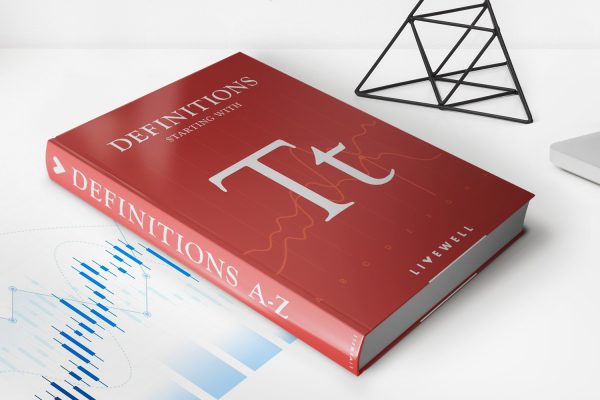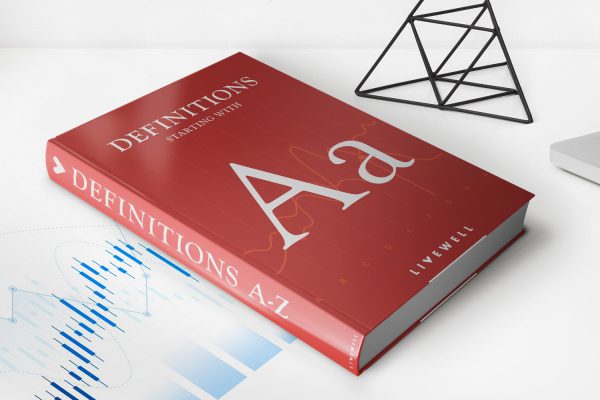Home>Finance>Voodoo Economics: Definition, History, And Validation
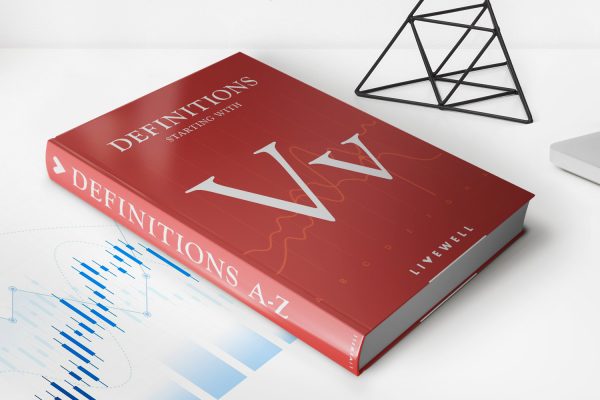
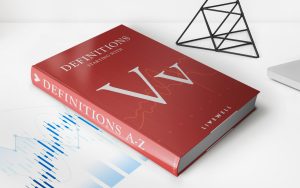
Finance
Voodoo Economics: Definition, History, And Validation
Published: February 16, 2024
Discover the definition, history, and validation of Voodoo Economics in the field of finance. Explore how this controversial concept has impacted economic policies throughout history.
(Many of the links in this article redirect to a specific reviewed product. Your purchase of these products through affiliate links helps to generate commission for LiveWell, at no extra cost. Learn more)
Voodoo Economics: Definition, History, and Validation
Welcome to our Finance category, where we dive deep into various aspects of the financial world. Today, we’ll be exploring the fascinating topic of Voodoo Economics. What is it, how did it come about, and is there any validity to it? Join us on this journey to uncover the truth behind this intriguing concept.
Key Takeaways:
- Voodoo Economics refers to an economic theory characterized by its unconventional approach to taxation, spending, and economic growth.
- The term was first introduced by former President George H. W. Bush to criticize his opponent’s economic proposal.
What is Voodoo Economics?
Voodoo Economics, also known as supply-side economics, is an economic theory that gained prominence in the 1980s. Its primary focus is on stimulating economic growth by reducing tax rates, particularly for high-income individuals and businesses, with the belief that this would lead to increased investment, job creation, and overall economic expansion. The idea behind Voodoo Economics is to create conditions for prosperity by incentivizing private investment and entrepreneurship.
Despite its catchy name, Voodoo Economics has been a subject of debate among economists. Critics argue that it promotes income inequality, exacerbating the divide between the wealthy and the rest of society. However, proponents argue that its emphasis on reducing tax burdens encourages innovation, productivity, and economic mobility.
The History of Voodoo Economics
The term “Voodoo Economics” was first coined by President George H. W. Bush during the 1980 Republican primary campaign. He used it to criticize his opponent Ronald Reagan’s economic proposals, which centered around supply-side policies. The phrase captured the public’s attention, effectively illustrating the skepticism surrounding the theory.
Despite the initial criticism, Reagan eventually implemented his economic plan, including substantial tax cuts, which became a hallmark of his presidency. The results were mixed, with some attributing the subsequent economic growth to his policies, while others argued that it mainly benefited the wealthy.
Since then, Voodoo Economics has been a subject of ongoing debate in economic and political circles. Its impact and effectiveness continue to be analyzed, with varying conclusions.
Validating Voodoo Economics
Validating or debunking Voodoo Economics is a complex task, as its outcomes depend on numerous factors and variables. Some argue that the tax cuts implemented under this theory have led to increased economic growth, citing examples such as the 1980s Reagan Era and the early 2000s under President George W. Bush. They argue that these tax cuts stimulated investment, job creation, and overall prosperity.
However, critics point out that the benefits of Voodoo Economics primarily favored the wealthy, leading to income inequality and limited trickle-down effects. They argue that other factors, such as technological advancements and global economic trends, played a more significant role in driving growth during those periods.
Ultimately, whether Voodoo Economics can be validated or not largely depends on one’s perspective and analysis of the available data.
In Conclusion
Voodoo Economics remains a controversial economic theory that has shaped policy discussions over the years. While some argue for its efficacy in promoting economic growth through tax cuts, others raise concerns about its impact on income inequality. As with any theory, it is crucial to critically evaluate the evidence and consider multiple perspectives when forming conclusions.
Thank you for joining us on this exploration of Voodoo Economics. Remember to stay tuned for more insightful posts in our Finance category. If you have any questions or would like to share your thoughts on this topic, please leave a comment below. We look forward to hearing from you!
